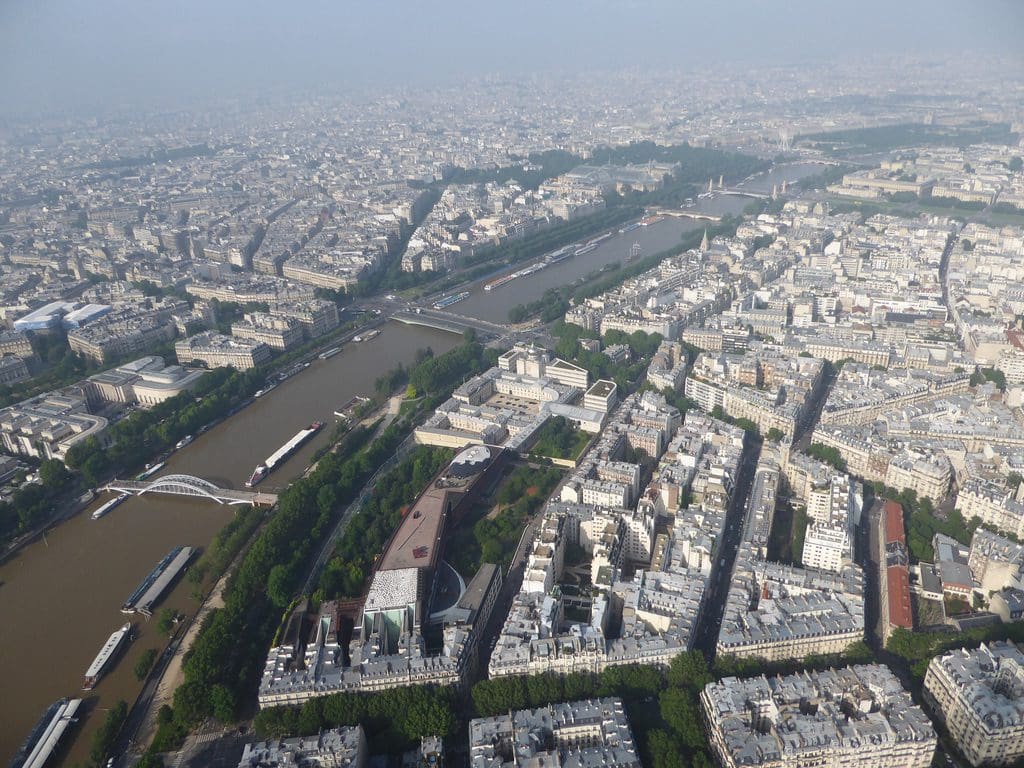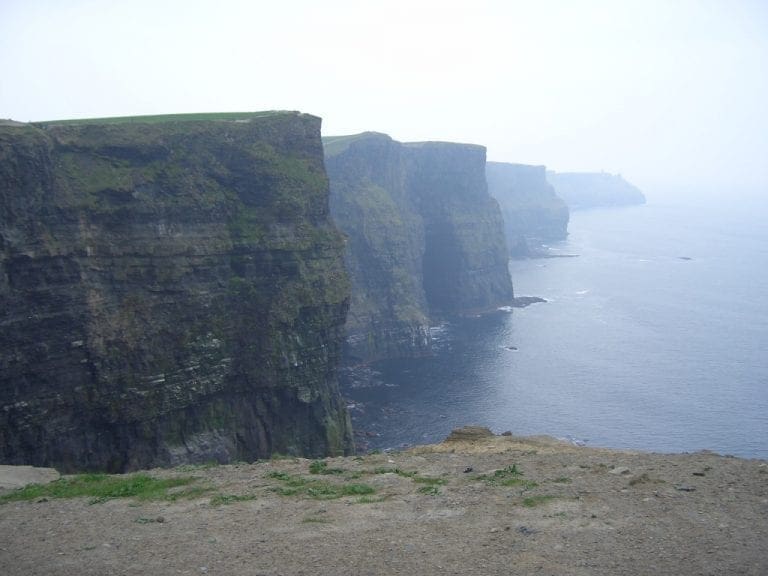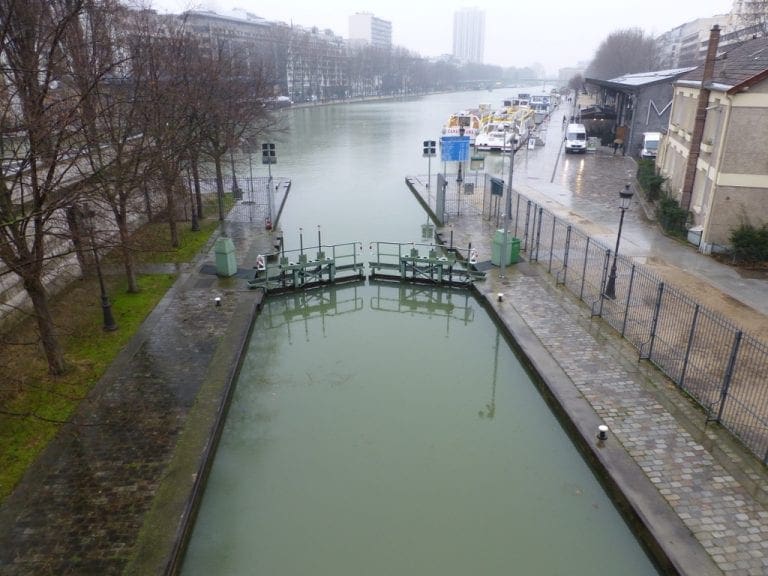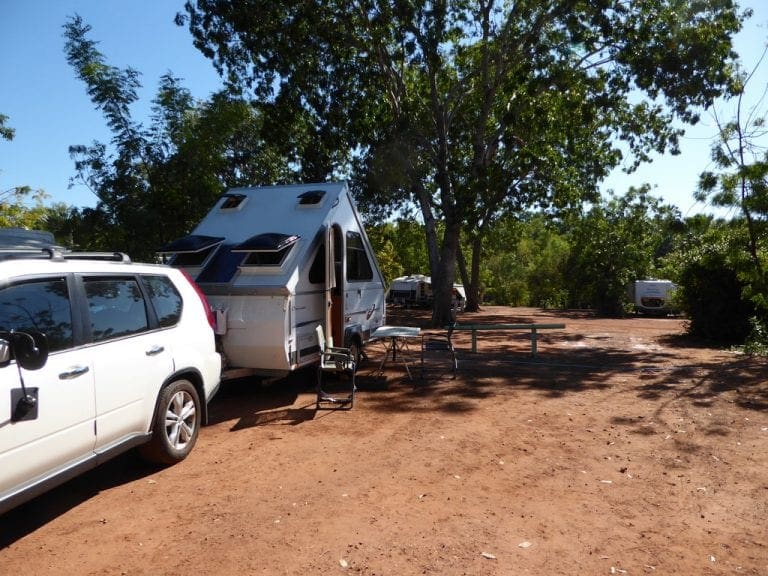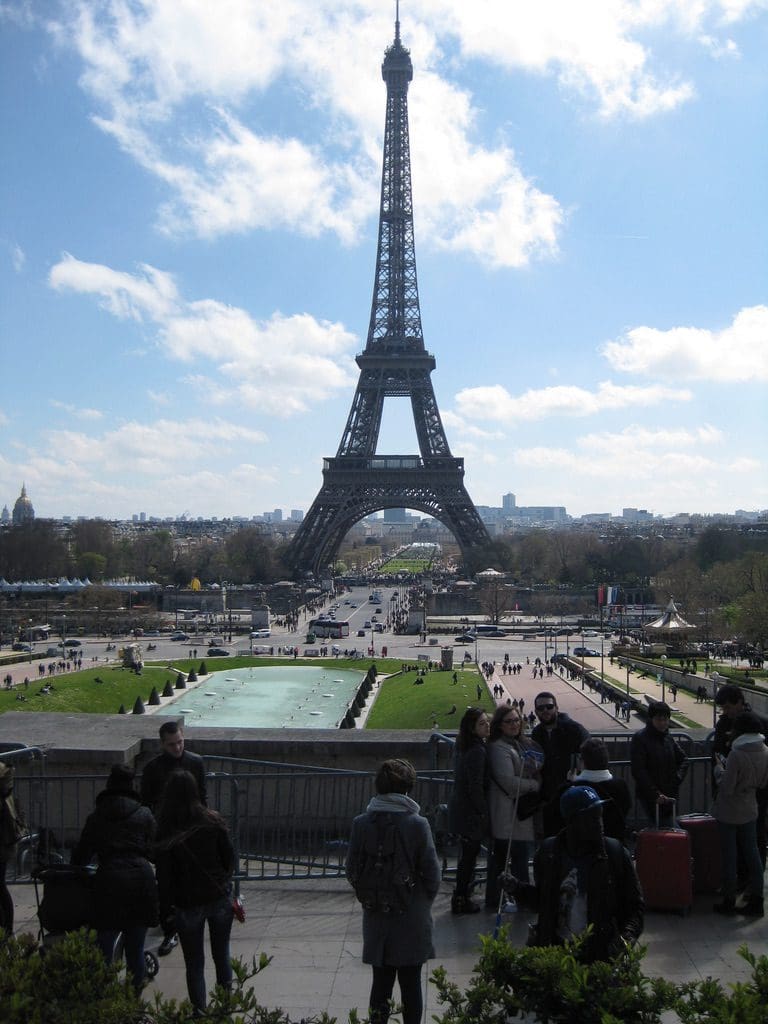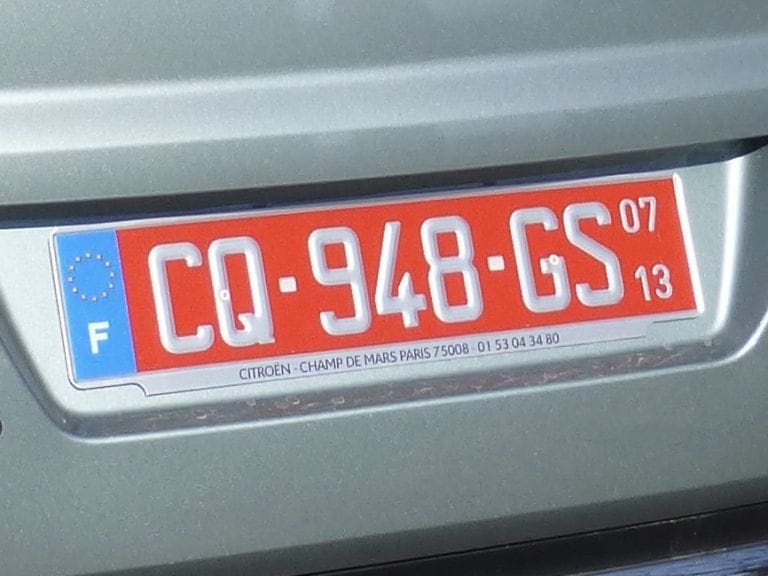France Road Trip – week 9 – Paris again
Saturday 4 June. Day 58. Last day with the car. Drove today 4 1/2 hours from Dinan to CDG Paris to hand back the car. We had driven 5,174 km in the brand new car. The Citroen C4 diesel is a great little car. Ideal for our trip. For that last journey, we had both the satnav in the car (Garmin) and my phone (TomTom) working together to find the way. Both have good and bad points. The Garmin found the drop-off place at CDG and the TomTom did not. Bugger. Handed back the car to TT (the car lease drop off). Shuttled to the airport rail station RER B.
The trains were incredibly crowded and slow because of strikes. Changed trains at Gare du Nord to Metro 4 and had my first experience with a pickpocket. I could feel this bloke touching my pocket and when I checked, the zipper was open which it should not have been – benefit of the doubt – I zipped it up again. And then, just as we were getting off, I felt him again and this time his hand in the unzipped pocket. He got a crushed hand and a good kick to the side of his knee. He will know about that in years to come.
Sunday 5 June. Day 59. Today, a walk down the Champs Élysées which is closed to traffic on first Sunday of the month. Felt very odd to be walking down that hallowed ground – in a few weeks the Tour de France finishes with multiple laps along the Champs. Today, we strolled along over the cobble stones. From place de Concord we walked to the flooded Seine and took photos. Paris does not appear to be taking much notice of floods and strikes. Sure, the trains are not all running and the Seine is in flood and the union is striking. Bit of a shrug and get on with it.
We headed back to the walking/eating street next to us for lunch (Montorgueil) which has been turned into a major attraction over the last 10 years. Today, full of people doing their weekly shop from small shops – almost like a permanent market.
We also had tickets booked months ago for the Eiffel Tower summit for today at 5:30. We joined the huge line that was let into the two security checks, up the first elevator to the first floor and up to the summit. Views of the flooded Seine through the poor visibility. As Helen says, visiting Paris is long trips on Metro, lots of stairs, long walks, long waits in queues – and then, something amazing. Repeat.
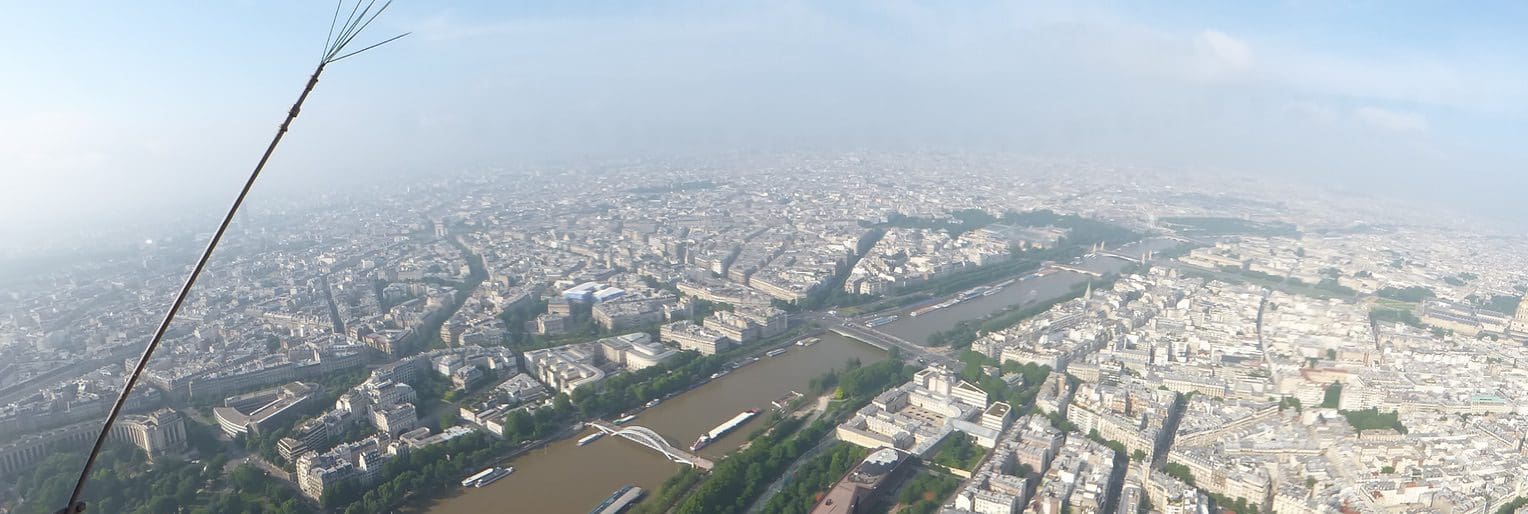
Wednesday 8 June. Day 62. We are travelled out. I’ve enjoyed France and like it a lot. We are now in Paris, which I consider to be a separate country from France – both are good. The language gets to us both. I spent months leaning French before we came. I cannot understand a spoken sentence. I can read it ok – in fact very well – at the speed of the underlay on the TV anyway. But, my head just shuts off when French is spoken. This has made for a very silent 9 weeks – almost like solitary confinement. People around me who I cannot talk to and cannot talk to me. When I watch the French at lunch, I see a ritual that involves much discussion. I’m sure they have an informed opinion about everything. I will never know it.
